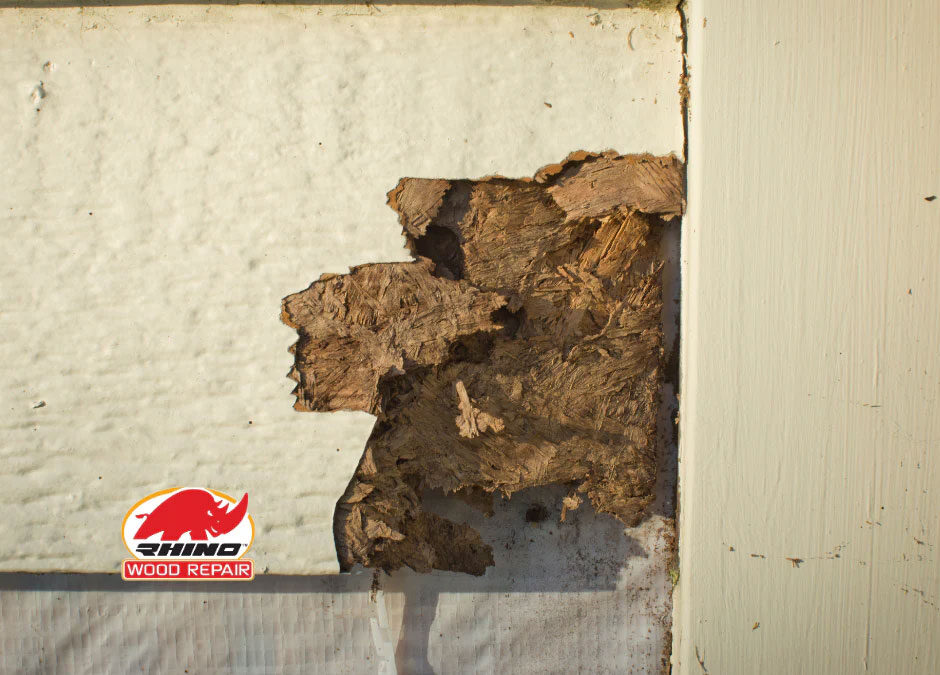Wood rot is a common problem that can significantly reduce the lifespan of wooden structures and furniture. Understanding how climate affects wood rot and implementing effective prevention strategies is crucial for maintaining the integrity of wood in various environments. In this comprehensive guide, we’ll explore the relationship between climate and wood rot, and provide practical solutions to protect your wooden assets.
Understanding Wood Rot
What is Wood Rot?
Wood rot is a form of decay caused by fungi that break down the cellular structure of wood. This process weakens the wood, compromising its strength and structural integrity.
Types of Wood Rot
- Dry rot
- Wet rot
- Soft rot
The Climate-Wood Rot Connection
How Climate Influences Wood Rot
Climate plays a significant role in the development and progression of wood rot. The following factors are particularly influential:
- Moisture levels
- Temperature
- Humidity
- Seasonal variations
High-Risk Climate Zones
Some climates are more conducive to wood rot than others. Areas with the following characteristics are particularly susceptible:
- High rainfall
- Tropical or subtropical regions
- Coastal areas with salt spray
- Regions with frequent temperature fluctuations
Prevention Strategies for Different Climates
Dry Climates
- Regular sealing and staining
- Proper ventilation to prevent moisture buildup
- Prompt repair of any water damage
Humid Climates
- Use of moisture-resistant wood species
- Application of water-repellent preservatives
- Installation of dehumidifiers in enclosed spaces
Coastal Areas
- Regular cleaning to remove salt deposits
- Use of marine-grade sealants
- Choosing rot-resistant wood species like cedar or redwood
5 Essential Steps to Prevent Wood Rot in Any Climate
- Regular inspections
- Proper drainage and water management
- Adequate ventilation
- Use of quality wood preservatives
- Prompt repairs and maintenance
Innovative Solutions: Rhino Wood Repair Products
At Rhino Wood Repair, we offer cutting-edge products designed to combat wood rot across various climates. Our products are formulated to:
- Penetrate deep into wood fibers
- Create a moisture-resistant barrier
- Strengthen existing wood structures
- Extend the life of wooden assets
Featured Product: Rhino PreTreat
Our flagship product, Rhino Wood PreTreat, is specially designed to:
- Reinforce weakened wood
- Prevent future rot
- Work effectively in diverse climates
FAQs About Climate and Wood Rot
- How quickly can wood rot develop in a humid climate?
In highly humid environments, wood rot can begin to develop within a few months if proper preventive measures are not taken. - Can wood rot spread to other wooden structures?
Yes, wood rot fungi can spread through spores, potentially affecting nearby wooden structures if not addressed promptly. - Are there any eco-friendly wood preservatives for preventing rot?
Yes, there are several eco-friendly options available, including borate-based preservatives and certain plant-based oils. - How often should I inspect my wooden structures for signs of rot?
It’s recommended to conduct thorough inspections at least twice a year, ideally in spring and fall. - Can painting wood prevent rot?
While paint can provide some protection, it’s not a foolproof solution. Proper sealing and preservative treatments are more effective for long-term rot prevention.
The Long-Term Benefits of Wood Rot Prevention
Investing in wood rot prevention strategies offers numerous advantages:
- Extended lifespan of wooden structures
- Reduced repair and replacement costs
- Improved safety and structural integrity
- Enhanced aesthetic appeal
- Increased property value
By implementing the strategies outlined in this guide and using high-quality products like those offered by Rhino Wood Repair, you can significantly reduce the risk of wood rot and protect your wooden assets for years to come.
About the Author
Robin Pixner is the owner and lead chemist at Rhino Wood Repair, with over 30 years of experience in wood preservation and repair. His expertise in developing innovative solutions for wood rot prevention has made him a respected figure in the industry. Robin’s commitment to creating effective, environmentally friendly products has helped countless homeowners and businesses protect their wooden structures across various climates.
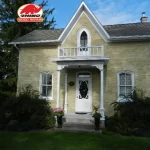 Frequently Asked Questions
Frequently Asked Questions Videos
Videos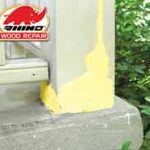 Colourful Chemist cooks up wood-repair product
Colourful Chemist cooks up wood-repair product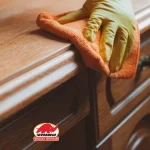 Custom Adhesive Epoxies & Formulations
Custom Adhesive Epoxies & Formulations THE SIMPLE SOLUTION TO A DIFFICULT PROBLEM.
THE SIMPLE SOLUTION TO A DIFFICULT PROBLEM.
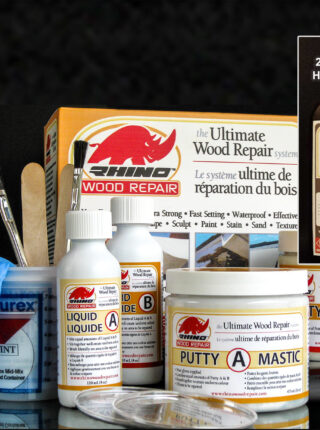
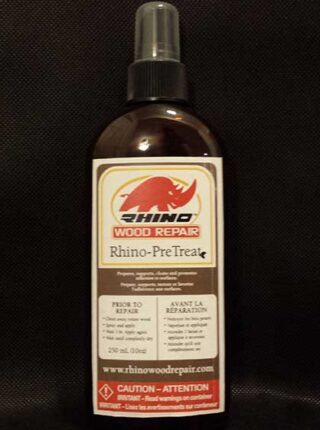
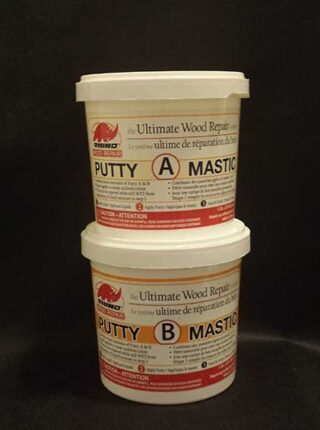
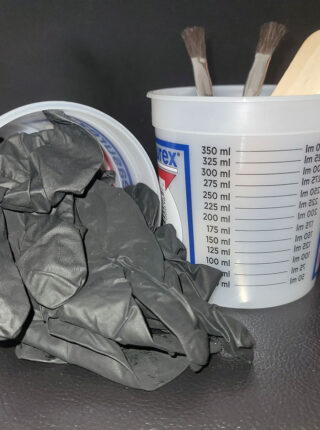
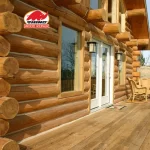 Rhino Wood Repair for Log Homes Looking to combat wood rot on your log home? Enter Rhino Wood Repair — the vanguard of wood restoration, with a legacy spanning over three decades. Led by Robin Pixner, a visionary in the field of wood preservation, our mission is simple yet profound: to breathe new life into aging wood, to fortify its strength, and to ensure that the legacy of log homes endures for generations to come.
Rhino Wood Repair for Log Homes Looking to combat wood rot on your log home? Enter Rhino Wood Repair — the vanguard of wood restoration, with a legacy spanning over three decades. Led by Robin Pixner, a visionary in the field of wood preservation, our mission is simple yet profound: to breathe new life into aging wood, to fortify its strength, and to ensure that the legacy of log homes endures for generations to come.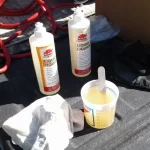 Wood Epoxy
Wood Epoxy
